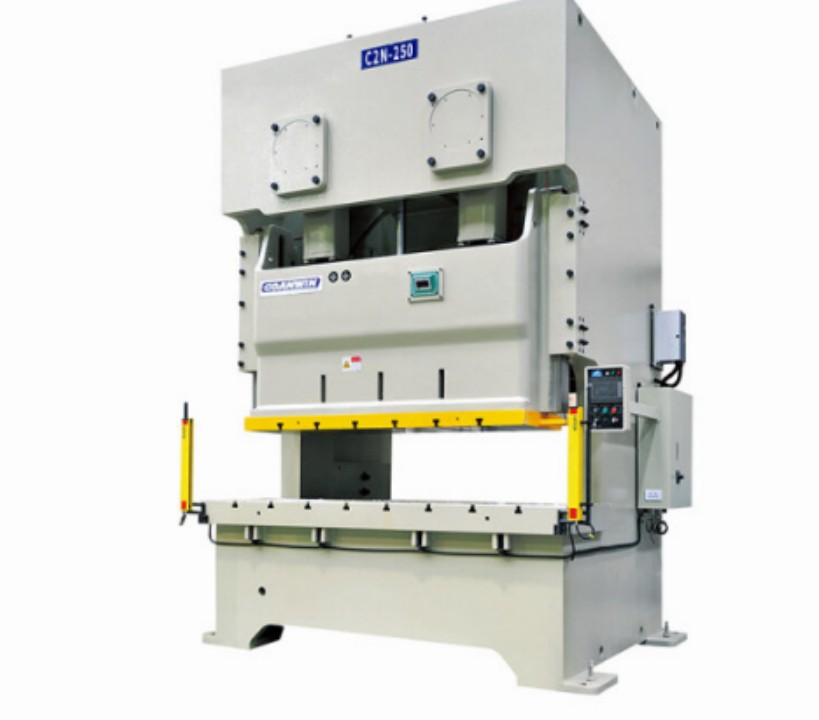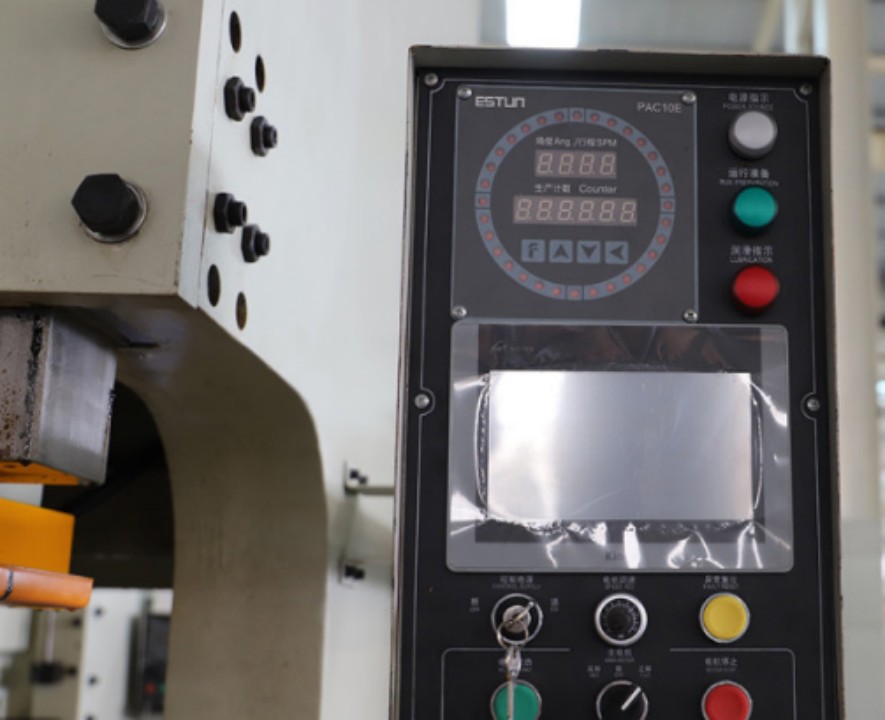Stamping equipment stands as the backbone of numerous manufacturing processes across industries. From automotive components to household appliances, stamping equipment plays a crucial role in shaping and forming various materials with precision. In this comprehensive guide, we delve into the intricacies of stamping equipment, including its types, functionalities, and applications, with a special focus on coil stamping equipment.
Understanding Stamping Equipment:
Stamping equipment encompasses a diverse range of machinery designed to shape, cut, or manipulate materials into desired forms. At its core, stamping involves the application of force to a workpiece, typically in the form of a metal sheet or coil, using a die or mold. This process can be performed through various methods, each catering to specific manufacturing requirements.
Types of Stamping Equipment:
-
Mechanical Stamping Presses:
Mechanical stamping presses utilize mechanical power, such as a crankshaft or eccentric mechanism, to exert force on the workpiece. These presses are known for their robustness and are suitable for high-volume production runs. They come in various configurations, including gap frame presses, straight side presses, and eccentric presses, each offering unique advantages depending on the application.
-
Hydraulic Stamping Presses:
Hydraulic stamping presses rely on hydraulic power systems to generate force for shaping materials. These presses offer precise control over force and speed, making them ideal for applications that demand intricate shapes or complex forming processes. While they may not match the speed of mechanical presses, hydraulic presses excel in tasks requiring superior accuracy and versatility.
-
Servo Stamping Presses:
Servo stamping presses represent a modern advancement in stamping technology, integrating servo motors for precise control of force, speed, and position. These presses offer unparalleled accuracy and efficiency, making them well-suited for demanding applications in industries such as aerospace and electronics. By adjusting parameters on the fly, servo presses enable adaptive manufacturing processes that optimize productivity and minimize material waste.

Applications of Stamping Equipment:
-
Automotive Industry:
The automotive sector relies heavily on stamping equipment for the production of vehicle components ranging from body panels to engine parts. Stamping presses play a critical role in shaping metal sheets into intricate designs that meet stringent safety and performance standards. Additionally, coil stamping equipment enables efficient processing of continuous coils, maximizing productivity in automotive manufacturing plants.
-
Consumer Electronics:
In the consumer electronics industry, stamping equipment is utilized for manufacturing casings, connectors, and other components with precise dimensions and aesthetic appeal. The high-speed capabilities of stamping presses ensure rapid production cycles to meet the demands of the fast-paced electronics market. Coil stamping equipment, with its ability to process thin-gauge materials with minimal waste, is particularly well-suited for electronic device manufacturing.
-
Appliance Manufacturing:
Household appliance manufacturers rely on stamping equipment to produce outer shells, internal components, and decorative elements for products such as refrigerators, washing machines, and ovens. The versatility of stamping presses allows for the creation of complex shapes and contours, enhancing both functionality and visual appeal. Coil stamping equipment enables seamless integration into automated production lines, ensuring consistent quality and efficiency.
Coil Stamping Equipment: Revolutionizing Production Processes
Coil stamping equipment represents a significant advancement in stamping technology, offering enhanced efficiency, productivity, and material utilization. Unlike traditional sheet-fed stamping presses, coil stamping equipment processes continuous coils of material, eliminating the need for manual loading and unloading between cycles. This continuous feed capability enables uninterrupted production runs, significantly reducing downtime and increasing throughput.
Advantages of Coil Stamping Equipment:
-
Increased Productivity:
By eliminating the need for frequent material changes and setup adjustments, coil stamping equipment enables continuous production runs at high speeds. This increased productivity translates to higher output rates and shorter lead times, allowing manufacturers to meet customer demands more effectively.
-
Improved Material Utilization:
Coil stamping equipment optimizes material usage by minimizing scrap and waste during the stamping process. By feeding material directly from coils, manufacturers can maximize the utilization of raw materials, reducing costs and environmental impact. Additionally, advanced coil feeding systems allow for precise control over material feed rates, further enhancing efficiency and minimizing material waste.
-
Enhanced Automation:
Coil stamping equipment integrates seamlessly into automated manufacturing systems, offering advanced features such as programmable servo feeds and robotic part handling. These automation capabilities streamline production processes, reducing labor requirements and ensuring consistent quality across production runs. By leveraging the latest advancements in robotics and control technology, manufacturers can achieve higher levels of efficiency and competitiveness in the global market.
Conclusion:
Stamping equipment serves as a cornerstone of modern manufacturing, enabling the mass production of precision-engineered components across a wide range of industries. Whether it’s mechanical, hydraulic, or servo-driven, stamping presses play a vital role in shaping the products we use every day. With the advent of coil stamping equipment, manufacturers now have access to advanced technologies that promise even greater efficiency, productivity, and sustainability. By embracing these innovations, companies can stay ahead of the curve and thrive in an increasingly competitive marketplace.


